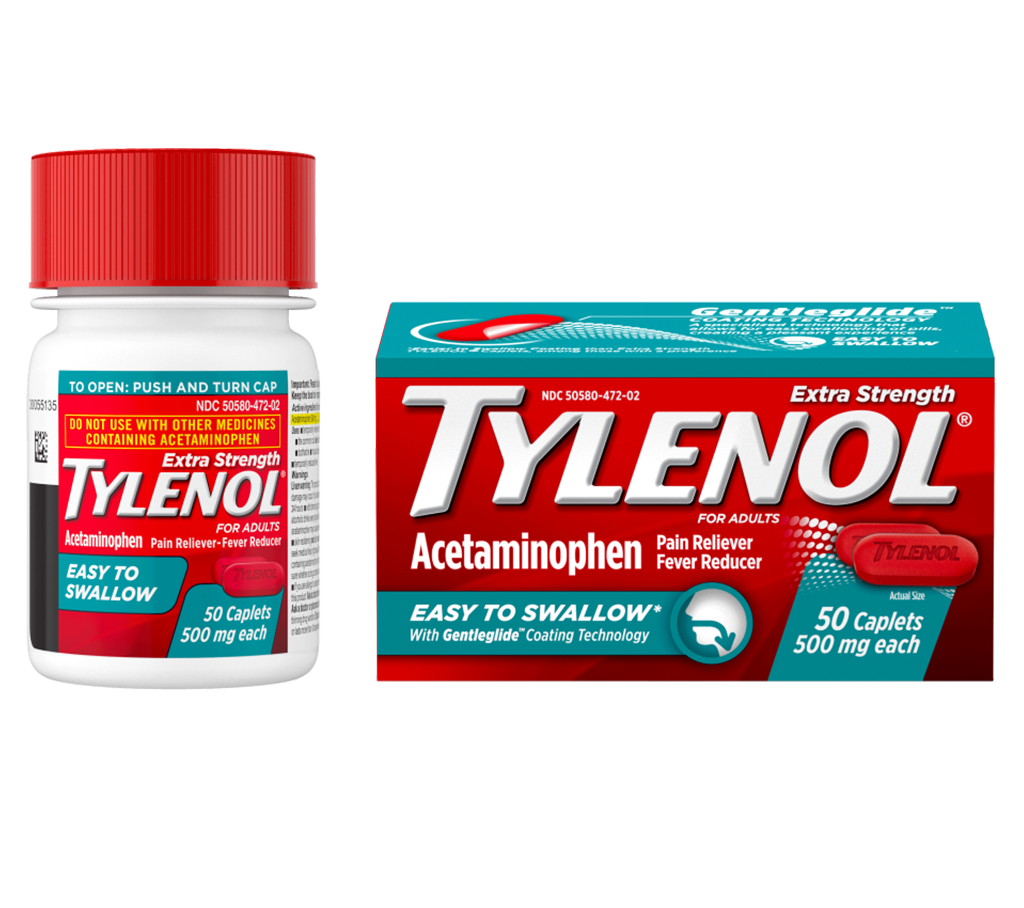What are the symptoms of right-side chest pain?
Right-side chest pain can be caused by a variety of conditions, and the symptoms may vary based on the underlying issue. Here are some common symptoms and their potential causes:
- Sharp or Stabbing Pain: This type of pain may be related to musculoskeletal issues, such as a strained muscle or rib injury.
- Dull or Aching Pain: This can be associated with gastrointestinal issues, such as acid reflux or gastritis.
- Localized Pain: Pain that is confined to one area might be due to a specific condition affecting that region, like pleuritis or a pulmonary embolism.
- Radiating Pain: Pain that spreads to other areas, such as the shoulder or back, could indicate a more serious condition like a heart issue or lung problem.
- Shortness of Breath: Difficulty breathing along with right-side chest pain may point to respiratory or cardiac issues, including pneumonia or a pulmonary embolism.
- Pain with Breathing: Pain that worsens with deep breaths or coughing might be related to pleuritis or a rib injury.
- Nausea or Vomiting: These symptoms accompanying chest pain can suggest gastrointestinal issues or a serious condition like a heart attack.
- Fever: A fever along with chest pain could indicate an infection, such as pneumonia or pleuritis.
Right-side chest pain can be due to conditions affecting various organs and systems, including the heart, lungs, digestive system, and musculoskeletal structures. If you experience severe, persistent, or worsening chest pain, or if you have accompanying symptoms like shortness of breath or nausea, it’s important to seek medical attention promptly to determine the cause and receive appropriate treatment.
What are the causes of right-side chest pain?
Right-side chest pain can be caused by a range of conditions involving different organs and systems. Some common causes include:
- Musculoskeletal Issues: Strain or injury to the muscles, ribs, or cartilage in the chest wall can cause pain localized to the right side.
- Gastrointestinal Problems: Conditions such as acid reflux, gastritis, or peptic ulcers can cause pain in the upper right abdomen that may radiate to the right side of the chest.
- Respiratory Conditions: Pneumonia, pleuritis (inflammation of the lining of the lungs), or a pulmonary embolism can lead to right-sided chest pain. A collapsed lung (pneumothorax) may also cause localized pain.
- Cardiac Issues: Although less common, right-sided chest pain can sometimes be associated with heart conditions, such as right-sided heart failure or angina, though these usually present with pain more typically in the center or left side of the chest.
- Liver Issues: Liver conditions, such as hepatitis or liver abscesses, can cause pain in the upper right quadrant that may radiate to the chest.
- Gallbladder Issues: Gallstones or inflammation of the gallbladder (cholecystitis) can cause pain in the upper right abdomen that can be felt in the right side of the chest.
- Kidney Issues: Conditions affecting the right kidney, such as kidney stones or infections, can sometimes cause referred pain to the right side of the chest.
- Shingles: A viral infection that causes a painful rash, shingles can cause pain on one side of the chest if it affects nerves in that area.
- Panic Attacks: Anxiety or panic attacks can cause chest pain or discomfort that might be perceived on the right side.
- Abdominal Aortic Aneurysm: Although less common, a large aneurysm in the abdominal aorta can cause pain that radiates to the right side of the chest.
Given the wide range of potential causes, it’s important to consult a healthcare professional for an accurate diagnosis and appropriate treatment if you experience persistent or severe chest pain.
What is the treatment for right-side chest pain?
Treatment for right-side chest pain depends on the underlying cause. Here’s a general overview of approaches based on common causes:
- Musculoskeletal Issues: Rest, over-the-counter pain relievers (like ibuprofen or acetaminophen), and applying heat or ice to the affected area can help alleviate pain.
- Gastrointestinal Problems: For acid reflux or gastritis, treatments may include antacids, proton pump inhibitors, or medications to reduce stomach acid. Dietary changes and avoiding trigger foods can also be beneficial.
- Respiratory Conditions: Treatment depends on the specific condition. For pneumonia, antibiotics or antiviral medications might be prescribed. For pleuritis, pain relief and treating the underlying cause (e.g., infection) are important.
- Cardiac Issues: If a heart-related issue is suspected, treatment might involve medications such as nitroglycerin, beta-blockers, or anticoagulants. Lifestyle changes and interventions like angioplasty or surgery may be necessary based on the severity.
- Liver Issues: Management of liver conditions includes medications, dietary adjustments, and avoiding alcohol. In cases of liver abscesses, antibiotics or drainage may be required.
- Gallbladder Issues: Treatment may involve medications for pain and inflammation, or surgical removal of the gallbladder (cholecystectomy) if gallstones are causing recurrent problems.
- Kidney Issues: Pain management and treatment of kidney stones or infections might involve hydration, medications, or procedures to remove stones. Antibiotics may be needed for infections.
- Shingles: Antiviral medications, pain relief, and topical treatments can help manage symptoms. Early treatment is important for reducing the severity and duration of the rash and pain.
- Panic Attacks: Management may involve therapy, such as cognitive-behavioral therapy, and medications to manage anxiety. Relaxation techniques and stress management can also help.
- Abdominal Aortic Aneurysm: Surgical intervention is often required, especially if the aneurysm is large or symptomatic. Monitoring and managing blood pressure are also crucial.
It’s essential to consult a healthcare professional for a proper diagnosis and tailored treatment plan based on your specific condition and symptoms.

Leave a Reply
You must be logged in to post a comment.